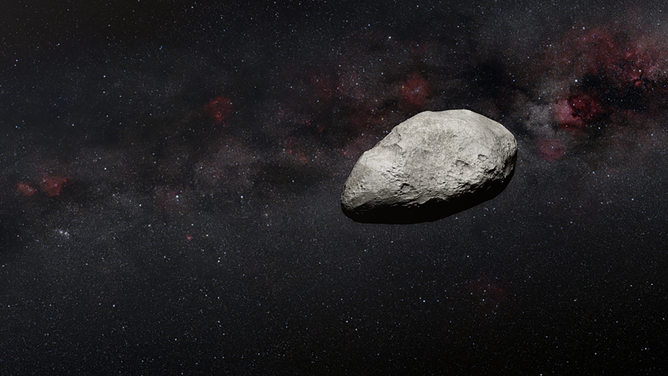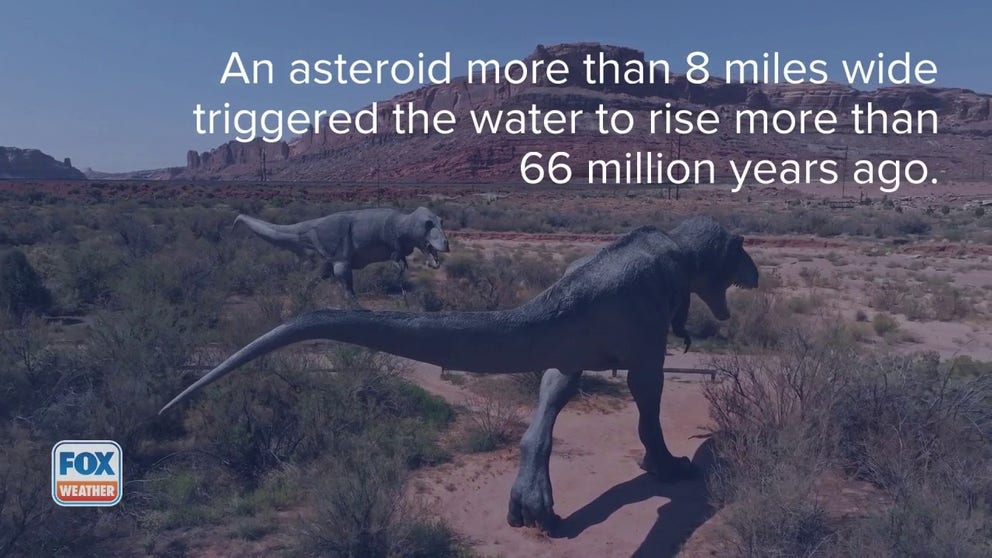Webb telescope finds new Colosseum-sized asteroid in main belt by accident
When they discovered the interloping asteroid, an international team of European scientists was using NASA's James Webb Space Telescope. It's roughly the size of Rome’s Colosseum – between 300 and 650 feet in length and likely the smallest observed to date by Webb.

An asteroid roughly the size of Rome’s Colosseum has been detected by an international team of European astronomers using NASA’s James Webb Space Telescope.
(ARTWORK: N. Bartmann (ESA/Webb), ESO/M. Kornmesser and S. Brunier, N. Risinger (skysurvey.org))
A group of astronomers has accidentally detected an asteroid the size of the largest amphitheater built during the Roman Empire.
An international team of European scientists was using NASA's James Webb Space Telescope when they discovered the interloping asteroid. It's roughly the size of Rome’s Colosseum – between 300 and 650 feet in length and likely the smallest observed to date by Webb.
EVERYTHING SCIENTISTS WOULD WANT TO KNOW IF AN ASTEROID WERE HEADING TOWARD EARTH
Dinosaur-killing asteroid triggered a tsunami with mile-high waves
An asteroid that struck Earth 66 million years triggered a megatsunami that wiped many of the dinosaurs
At the time of the observations, it occupied a very low-inclination orbit and was located in the inner main asteroid belt region between Mars and Jupiter, NASA said.
"We — completely unexpectedly — detected a small asteroid in publicly available MIRI (Mid-InfraRed Instrument) calibration observations," explained Thomas Müller, an astronomer at the Max Planck Institute for Extraterrestrial Physics in Germany. "The measurements are some of the first MIRI measurements targeting the ecliptic plane and our work suggests that many new objects will be detected with this instrument."
Müller went on to say that their results show that even ‘failed’ Webb observations can be scientifically useful with the right mindset and a little bit of luck.
A LOOK AHEAD AT 2023 SPACE EXPLORATION MILESTONES
"Our detection lies in the main asteroid belt, but Webb’s incredible sensitivity made it possible to see this roughly 100-meter object at a distance of more than 100 million kilometers," he added.
If confirmed as a new asteroid discovery, NASA said its detection would have important implications for the understanding of the formation and evolution of the solar system.
NASA also hopes Webb will be able to contribute to the detection of new asteroids.
Bryan Holler, Webb support scientist at the Space Telescope Science Institute in Baltimore, Maryland said the findings highlight the capabilities of MIRI to serendipitously detect a previously undetectable size of asteroid in the main belt.
"Repeats of these observations are in the process of being scheduled," he said. "And we are fully expecting new asteroid interlopers in those images."
